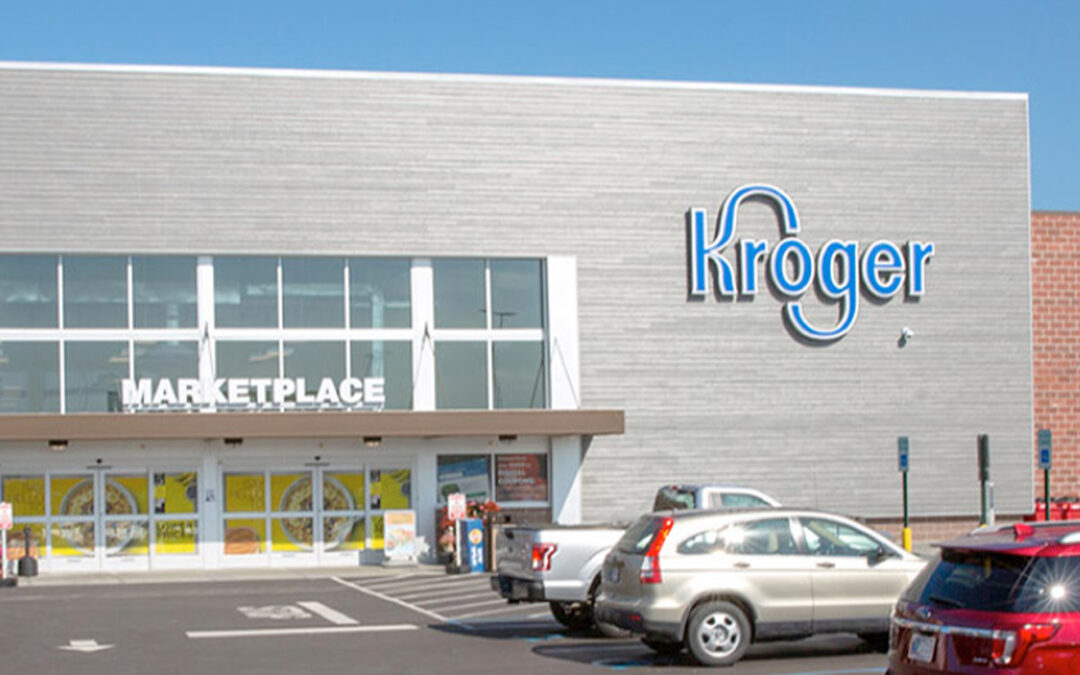The top line of Williams-Sonoma, Inc. suffered in the second quarter when it came to comps, but earnings beat expectations as sales shifted across home categories.
Net earnings were $201.5 million, or $3.12 per diluted share, versus $267.1 million, or $3.87 per diluted share, in the year-past period, the company reported.
A Yahoo Finance-published analyst consensus estimate called for earnings per diluted share of $2.71 and revenues of $1.96 billion.
Comparable sales were down 11.9% for the company. Comps slipped 10.6% at Pottery Barn, 20.8% at West Elm, 0.7% at Williams Sonoma and 9% at Pottery Barn Kids and Teen.
Net revenues were $1.86 billion versus $2.14 billion in the year-before quarter, according to Williams-Sonoma. Operating income was $271.5 million versus $365.5 million in the year-previous period.
In a conference call, Laura Alber, Williams-Sonoma, Inc. president and CEO, said that macroeconomic pressures have affected Williams-Sonoma customers but that its portfolio of brands, with their separate product presentations and ability to address various demographics, give the company flexibility in dealing with such challenges. She noted that only about half of the Williams-Sonoma business is in furniture and the company “is seeing relative strength in kitchen purchases, fashion textiles, dorm, baby and seasonal holidays.”
As she announced the financial results, Alber said, “We are pleased to deliver another quarter of strong earnings. We significantly exceeded profitability estimates with an operating margin of 14.6% with earnings per share of $3.12, well above our pre-pandemic results. Our sales ran negative 11.9% in Q2, but our 2-year comp was essentially flat, and our 4-year comp to 2019 was positive 39.7%. We achieved these results against an increasingly promotional environment and softening industry metrics by focusing on regular price selling, driving improved customer service and controlling costs. Connecting these results to our expectation for the balance of the year, we are updating our guidance to reflect both the ongoing topline uncertainty and the proven strength in our operating model. We now expect annual revenues to come in at a range of down 5% to down 10%, but we are raising our outlook on operating margin to a range of 15% to 16%. The reduction in our revenue outlook is offset by our raised operating margin guidance.”





